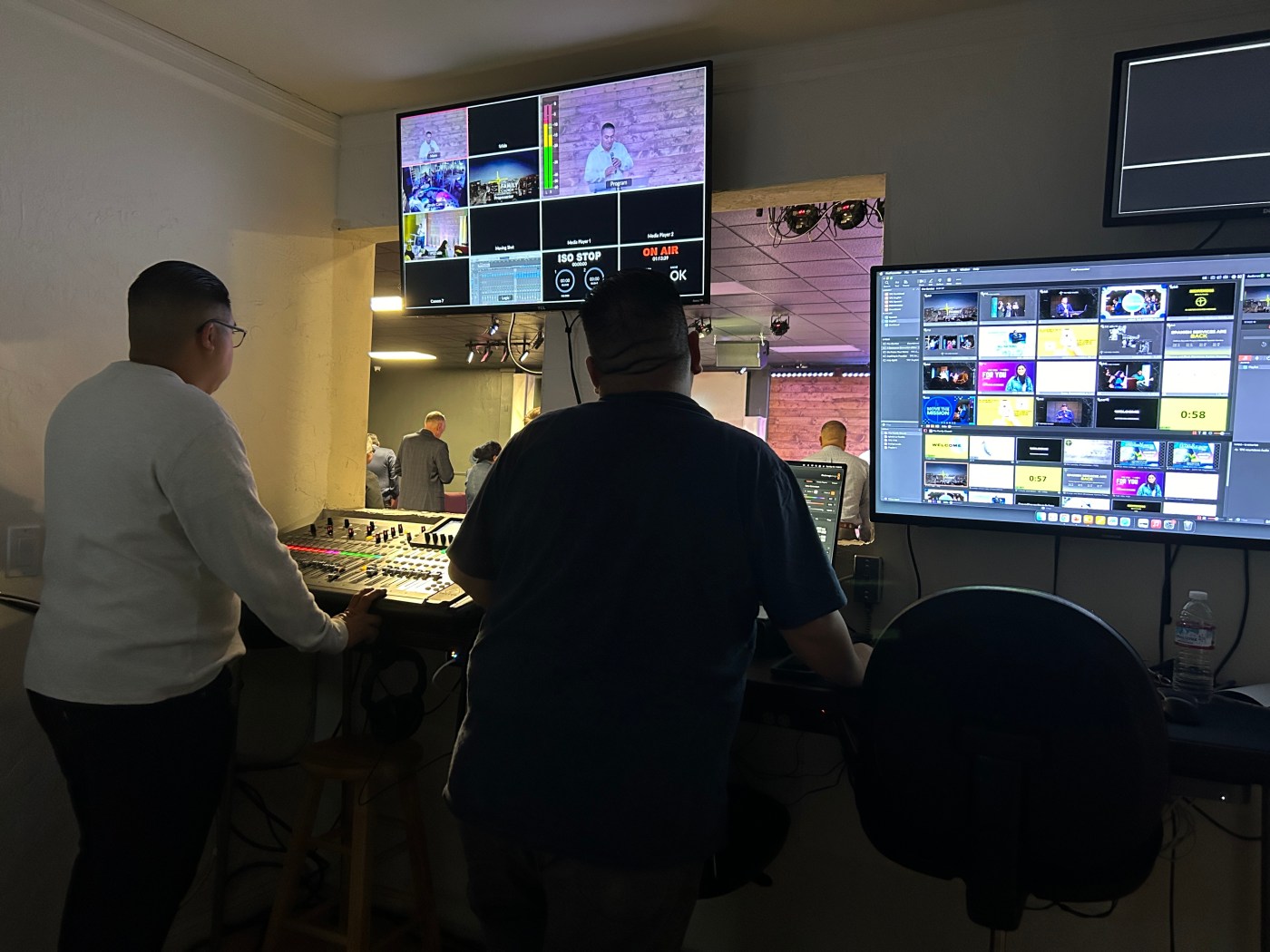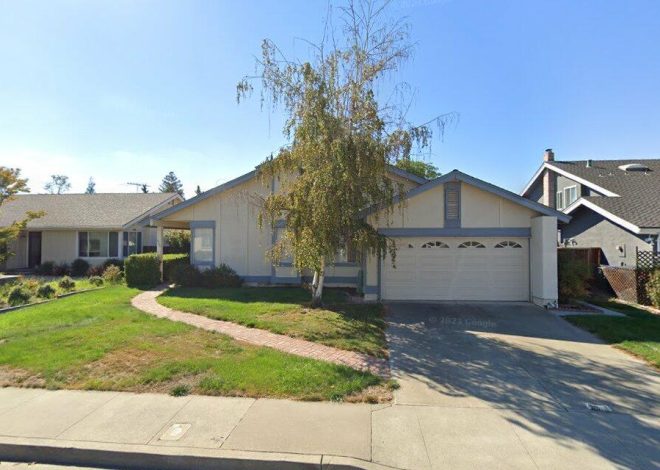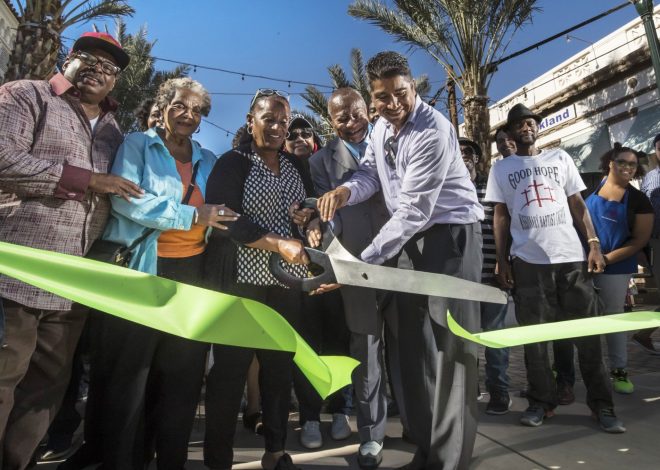
Church outdoors? One San Jose pastor says it spreads the word
Editor’s Note: This article was written for Mosaic, an independent journalism training program for high school students who report and photograph stories under the guidance of professional journalists.
On the Sunday after in-person church services in California shut down because of the pandemic, Steven Rodriguez stood behind his pulpit in a suit and tie and preached to about 100 empty seats for a prerecorded online sermon.
“It just felt hollow,” said Rodriguez, pastor of The Family Church in San Jose. “Because at our church, we’ve never done church like that before.”
The pandemic required major changes in how religious services were conducted, with many congregants missing out on face-to-face contact and the community spirit of singing and praying together. Today, while not losing sight of the value of those practices, some local pastors have pivoted to new, technology-driven methods to attract both established and new congregants.
Related Articles
Why millennial indie singer Mitski attracts teen audiences
Too young to vote, South Bay teens join local politics
Goodbye, yearbooks: One San Jose school ends annual tradition
Opinion: My debt of gratitude to immigrant elders felt too heavy
Artists and audiences connect at San Jose’s South First Fridays art walk
“I’m really open for something that’s going to be a huge paradigm shift,” Rodriguez said.
When in-person services were restricted, The Family Church moved services outside underneath the shady trees of its parking lot. The loudspeakers had a surprise effect — they carried the messages out on the street to a wider audience and helped to grow the congregation. Rodriguez now plans to return to the outdoor services, to try to continue to foster that growth.
“I know that I want to include park services as part of our outreach,” he said.
The First Unitarian Church of San Jose responded to the church closures by broadcasting services on Zoom. Church member Jan Guffey said as the church leaders tried to adjust, not everyone was ready to follow at first. “The pandemic actually dragged us into the 21st century,” she said.
The church’s current reverend, Matthew McHale, was serving at a Unitarian church in San Fernando during the pandemic. He said he noticed that without the complete church experience, sometimes all people felt they could do was sit and worry.
He said the membership at his San Jose church is now climbing back, to his relief. With doors reopened, he and his church now offer “small group ministries” where groups of six to eight congregants can enjoy a communal lesson with the perks of human interaction. However, Zoom ministries remain, too.
“Now we welcome ‘Zoomies’ and are continuing to be welcome to people who choose for one reason or another to attend and listen to the service on Zoom,” Guffey said.
Of course, church leaders have not lost sight of the value of in-person services. A 2022 study by the National Library of Medicine found that most adults who worshiped remotely as the result of the pandemic “had lower odds of gaining social support for personal problems” than those who never used or stopped using remote worship.
One part of the problem may have been just adjusting to the new paradigm. When stay-at-home orders relaxed somewhat, the First Apostolic Church of San Jose began distanced outdoor services underneath tents. Youth member Michelle Moralez noticed that the changes could make people feel even more ostracized.
“It was kind of hard because we had a limit of how many people could go in, and I remember one time I was a little bit late and I couldn’t go in,” Moralez said.
There were also the inevitable technical difficulties, with a sudden demand on equipment for remote services. Rodriguez compared the shortage of the equipment to the panic-buying of toilet paper. “From proper cameras, microphones, to the internet. Every church was learning how to do livestream all at the exact same time.”
Today, toilet paper is in ample supply, and so is the needed technology, providing an option for those still reluctant to attend in person. But Guffey noted hopefully that “we are experiencing more and more visitors through our doors.”
McHale expressed relief at that trend, saying it offers “a sense of connection and engagement.”
“Humans have created community for all of our history,” he said. “It’s sitting down and sharing a meal with someone, and especially someone you don’t know. That’s how we make connections. I think being with other people is an inextricable part of what it means to be human.”
Autumn Alvarez is majoring in journalism at San Francisco State University.


